Perfume is subject to slings and arrows as much as any other subculture. In this newsletter we’re going to look at six current trends and what they tell us about perfume in 2025.
In: Smelling Like a Tomato (Leaf)
This just in: the children yearn for the tomato vine.
If your news feed is constantly offering up perfume themed articles from imprints like allure, Vogue, Elle and WWD, you have probably already gotten the message that tomato leaf is very much In.
Tomato leaf, or vine, is a sharp green note that has been popular for many years in home fragrance products. It’s perhaps the only note I can think of that has grown in popularity through candles. In the last five years tomato leaf has made the jump from candles to perfumes in notable scents like From the Garden (Marigela, 2023), Pool (Tsu Lange Yor, 2023), Green Spell (Eris, 2021) and Celadon (Miller Harris, 2024).
Why this note, and why now? Tomato leaf is a harsh, uncompromisingly green smell, the kind that hasn’t been fashionable for decades. But maybe that’s exactly why it is beginning to trend. I think there are three main reasons why a tomato leaf tidal wave is about to fall upon us:
It’s the anti gourmand. You know how ‘fruit’ is a botanical term and ‘vegetable’ is a culinary term, so you can have fruits that are vegetables and this is upsetting to everyone? That’s how I feel about the term ‘savoury gourmand’. I know that the word gourmand indicates a perfume inspired by food, but I would really much rather we keep the ethyl-maltol overdose scents inspired by Angel as gourmands and find another name for everything else. Besides, I think tomato leaf is becoming popular precisely because it is the polar opposite of an indulgent gourmand. Smelling something like From The Garden after the lull of vanilla-cream gourmand bombs that fill the designer shelves is like an adrenaline-boosting slap to the face.
It’s aquatic adjacent. I’ve always mentally categorised tomato leaf perfumes as green in my mental colour wheel of perfumes, as the note is sharp and verdant. But it was as I was smelling Pool that I realised that there’s a lot of similarity between tomato leaf and the calone-and-cucumber notes you find in aquatic ‘blue’ perfumes. I think there’s a prime market in the Acqua di Gio wearers of the world for a good (though less confronting) tomato leaf perfume. There’s a zingy freshness to the note that appeals to hot summer days and people who think a ten mile hike is a fun pastime. In this way tomato leaf has a unisex, even universal, appeal.
We’re due for a green chypre revival. Popular perfume styles are more cyclical than you might think. The relentlessly herbaceous green chypres of the 70’s paved the way for the opulent ambers of the 80’s, which then flipped into the minimalist watery unisex scents of the 90’s, and on and on. Perhaps it’s a rebellious streak against the older generations, or the relentless human craving for new experiences and new smells, but nothing stays popular forever. With the abundance of good oakmoss alternatives and patchouli derivatives available to the modern perfumer, the chypre’s time wandering in the desert may soon be over. And I can see a lot of really cracking modern green chypres that use tomato leaf alongside or in place of galbanum in an opening whip crack similar to Chanel N°19. Green chypres are serious perfumes for women who don’t fuck around. Let’s bring them back.
Keep an eye on this trend: I think it’s going to get bigger and bigger in the weeks and months to come.
Out: Pistachio Everything
There’s very few ‘trends’ in the shapeless, changing void of gourmand top notes that I would consider of genuine note, but unfortunately pistachio has been one of them. It’s easy to see why: the creamy-bitter scent of pistachio translates well to perfumery. The trend for pistachio in perfume predated the recent craze for Dubai chocolate and the sellout pistachio spread, but I do think both trends will peak in 2025.
The first and probably most brilliant pistachio perfume was Stash (Sarah Jessica Parker, 2016), a cheapie gem that was quietly discontinued a few years ago. I still own a bottle and cherish it - it’s considered by many fragrance lovers to be one of the best celebrity scents ever made. It’s a weird and wonderful perfume, not gourmand but sort of leaning that way, hinting at it, before drawing back and turning quite cool and masculine.
Unfortunately this brilliant use of pistachio has not been replicated in the trend’s 2020s explosion. The modern pistachio is often found buffeted by a bed of sugar and vanilla in many a milky-green gourmand, used to give interest and dynamism to what is fast becoming a staid and boring genre. As best I can tell this trend began with a Jerome Epinette release for Sol de Jainero called SOL Cheirosa ’62 Eau de Parfum (2020), which leads me to think Robertet stumbled on a good pistachio accord and everyone else has mimicked it since.
The two big hitters of this microgenre are probably Pistachio (DS&Durga, 2022) and Yum Pistachio Gelato | 33 (Kayli, 2023). And they sure are pistachios, both anchored in an exaggerated milky-bitter and slightly green accord at their hearts. Pistachio Gelato is a true gourmand, lactonic and saccharine. Pistachio is more interesting, a riff on the classic Angel structure with a thick patchouli base.

The explosion of pistachio scents is a genuine trend to note in perfumery. But there’s only so much you can do with the note when it is tied so firmly to the gourmand structure. We’ve had flash-in-the-pan gourmand note trends before, notably marshmallow and pear. and they rule for a year or two before fading into the ether. I think 2025 will give us Peak Pistachio, especially with the rise of hyperrealist gourmand scents.
That being said, I would love to see what the indie/artisan world does with a pistachio accord. The always brilliant Terri Bozzo has a scent called Frangipane al Pistacchio (Kyse, 2021) that’s a whipped cream and baklava delight. The note has potential, but I’m not sure if the modern market can meet it.
In: Sample Sets
If you are new to the world of perfumery post 2020, you are living in a golden era of accessibility for scent. That’s not to say that it is always possible, but it’s undeniably easier to get samples than it was ten years ago.
This is partly due to the explosion of interest in perfume - demand creates supply - and a trend away from in-store sampling to mail sampling that began in the pandemic. Though we’re once again seeing a rise in real world perfume stores as the world crawls out of lockdown and experiences have their own value, the growth in sample and decant providers is only getting stronger.
When I was first diving into the world of perfume there was pretty much only Surrender to Chance and The Perfumed Court offering widespread samples with international shipping. I can still remember my first fevered deep dive into the depths of The Perfumed Court like that scene in WIlly Wonka where the kids frolic through that garden that’s made entirely of candy.
Between availability, sample cost, exchange rates, and shipping, sampling perfume is truly a quixotic labour of love. But the big change in samples is that a lot of brands are offering sets direct from the house as opposed to third party decanters.
The days where you could ask for a sample from the designer store are pretty much over, and is there really any point in getting a sample for something you can spray in store anyway? But for direct to consumer brands a sample set may be the only way for a customer to try out the perfumes.
It’s now more common than not for brands to offer individual samples or discovery sets. Some brands will also send a small sample with a full bottle in case you have a change of mind.
Samples are a brilliant way to explore perfumes, build up a reference library, swap or lend to friends, and for travel when you might not want to take a full bottle.
Some sample sets I recommend:
Some sample sets I want to buy but can’t due to shipping restrictions, or haven’t purchased yet:
and many, many, many more…
Out: Blind Buying Full Bottles
I would like to say this is unfathomable to me, but I understand why people do it. There is a thrill to blind buying that’s sort of like gambling, and the boom-or-bust dynamic makes for a compelling genre of content in a short-form video world. The potential is dizzying: will this be your new signature scent? Have you just wasted a cool $250? Only time, and the nose, will tell.
I have blind bought a full bottle perfume exactly once. It was many, many years ago when I was first beginning to deep dive into fragrance. I was (and still am) looking for a perfume that smells like Tiger Balm, which I think is one of the best scents in the world. I researched. I watched videos (perfume on youtube was a lot different back then!). I read through forums. I browsed many, many reviews.
And I thought I had the answer: Jungle l’Elephant (Kenzo, 1996).
It had all the right qualifications: not too expensive, a brilliant perfumer in Dominique Ropion, whose style I loved, a beautiful bottle, a scent profile of warm spices with lots of clove. Convinced, I hit buy on a full 100ml bottle of the stuff.
I got it. I sprayed it. And I hated it so, so much.
The moral of the story is less about L’Elephant (though just for the record all of those reviews were liars, as the spices in the perfume are so cold and sterile with a huge dose of cardamom that it smells less like Tiger Balm and more like a mortician’s office) and more about the hubris of convincing yourself your nose will love something that you haven’t smelled yet.
That’s the risk you run when you blind buy, and it’s a lesson I’m glad I learned early.
If blind buying is part of the joy in the hobby for you, have at it, but try to keep the following things in mind:
Buy as small as possible as often as possible. Yes, it almost always costs more per spray for a 50ml bottle than a 100ml bottle. But if you’re building a collection are you really going to be able to get through 100ml in the next, say, ten years?
If you’re buying retail, check the return policy. Often stores won’t accept a return unless the scent is BNIB (brand new in bottle), and sometimes only with full packaging (including plastic).
Consider using PayPal or a payment method that has a generous return/refund policy.
Join as many buy/swap/sell groups in your city/state/country as you possibly can. I’ve never had a scent I wasn’t able to swap or sell on a community group (including my bottle of L’Elephant). Facebook is, unfortunately, still the best place for these forums.
If you live in a big city, scent swap meets are becoming more frequent which is also a good option for an unwanted bottle.
Find a friend with the same level of obsession with perfume as you but completely opposing taste. You’ll probably be able to pass dodgy blind buys between you like a relay baton.
If all else fails, use an unwanted bottle as a bathroom freshener spray. I’ve done it before, and I’m sure I’ll do it again.
In: Slow and Small Releases
I’ll say it plainly: unless you’re a new house debuting a line of perfumes that you have taken years to design, I do not trust batch releases. It’s hard enough to release one good perfume and your chances don’t increase by flooding the market with faster and poorer quality scents.
The changing face of perfumery means that capitalism is pulling houses towards releases that are more and worse. We, as consumers, have a duty to ignore that and focus on the brands releasing less and better.
This cadence can be found most frequently in the indie/artisan world, for very practical reasons: it’s really expensive to make perfume. The modern mass market we are used to, with its constant supply, is an artifice propped up by the Big Oil houses. The more realistic model for perfumery is the one that’s been around for hundreds of years, which embraces the fact that there is a finite amount of natural materials that are often subject to seasonality and variation.
The illusion of a perfume that always smells the same and never changes, even though one batch could use Mysore sandalwood and another could substitute for Australian sandalwood which smells radically different, is slowly being deconstructed by perfumers and aficionados both. What is replacing the myth that you’ll always be able to buy another bottle of your favourite perfume is the small batch release.
This is a foray into the world of sustainable perfumery that isn’t just greenwashing: a perfume release of a limited number of bottles and that it’s it. If there’s a rerelease or a reformulation it will be so named - see Areej le Dore’s War and Peace and War and Peace II. Though this model can give you a kind of FOMO anxiety, it does away with the cloak-and-dagger world of reformulations. You’ll never have to wonder if your new bottle smells different, because you know it will smell different, because it’s a new release.
Perfume labeled and marketed like wine, with full and fallow years both: simple, and yet radical.
In the last few months we’ve seen small batch releases from pillar artisan brands like Fzotic and Tauer. Does it give me a slight sense of panic that these bottles will sell out before I get a chance to sniff them? Of course. But I know that the people buying these bottles are the other perfume obsessives, and there’s a good chance that decants will land on my regular sample sites. And if they don’t, they don’t, and I’ll have to let those releases pass me by.
If 2025 has taught us anything it’s that endless supply in a global market is not a certainty. Less, and better.
Out: Fragrance ‘Enhancers’ and Molecule Perfumes
When Geza Schoen first came up with the idea to dilute, bottle and sell iso e super in the early 2000’s, the gods of capitalism wept tears of joy and Molecule 01 was born. Ever since we have been plagued with endless ‘molecule’ perfumes, scents that have one or two synthetic notes and are marketed as ‘fragrance enhancers’ or ‘personal scent boosters’.
You can’t blame a smart perfumer for getting their bag. But in an industry full of scams, grifts, and marketing nonsense, I’ve always found ‘molecule’ perfumes to be some of the most egregious. That’s mainly because they are not perfumes, they are diluted materials, and selling them as perfumes is like watering down some vinegar and calling it a salad dressing.
You can’t say that the brands didn’t tell you. I mean, Juliette Has A Gun has it right there in the name: Not A Perfume. Because it’s not a perfume. But in the same paradox that makes people want to elect leaders who have no political experience, there seems to be an appeal for people to wear things that are Not A Perfume as a perfume.
I guess the reason I despise this trend is that it deliberately plays on a lack of education in consumers. Brands are banking on the fact that you don’t know what is in your perfumes, or are hoping you’ll ‘build your own’ scent using their ‘enhancer’ as well as another, equally expensive, scent on top. Buy your oil and your vinegar and mix them yourself.
But I hope that as we see a greater education and conversation around perfumery, especially in younger generations, the walls of knowledge that allow grifts like these to succeed will crumble into dust. If something is marketed as salad dressing it should have all the damn ingredients, and if something is a perfume it should damn well Be A Perfume.
If you want to wear cetalox or ambroxan or iso e super, you can buy them for a lot cheaper from perfume supply stores. As a consumer your greatest weapons are your money and your attention: focus them on brands that respect your intelligence.
Shop small; shop slow; shop smart. The entire internet is screaming at you to do the opposite, so do as I do and make it fun to take your time to choose your next scent.
Take in all the information: the reviews, the ads, the marketing, the hype. And then make up your own mind. ▣






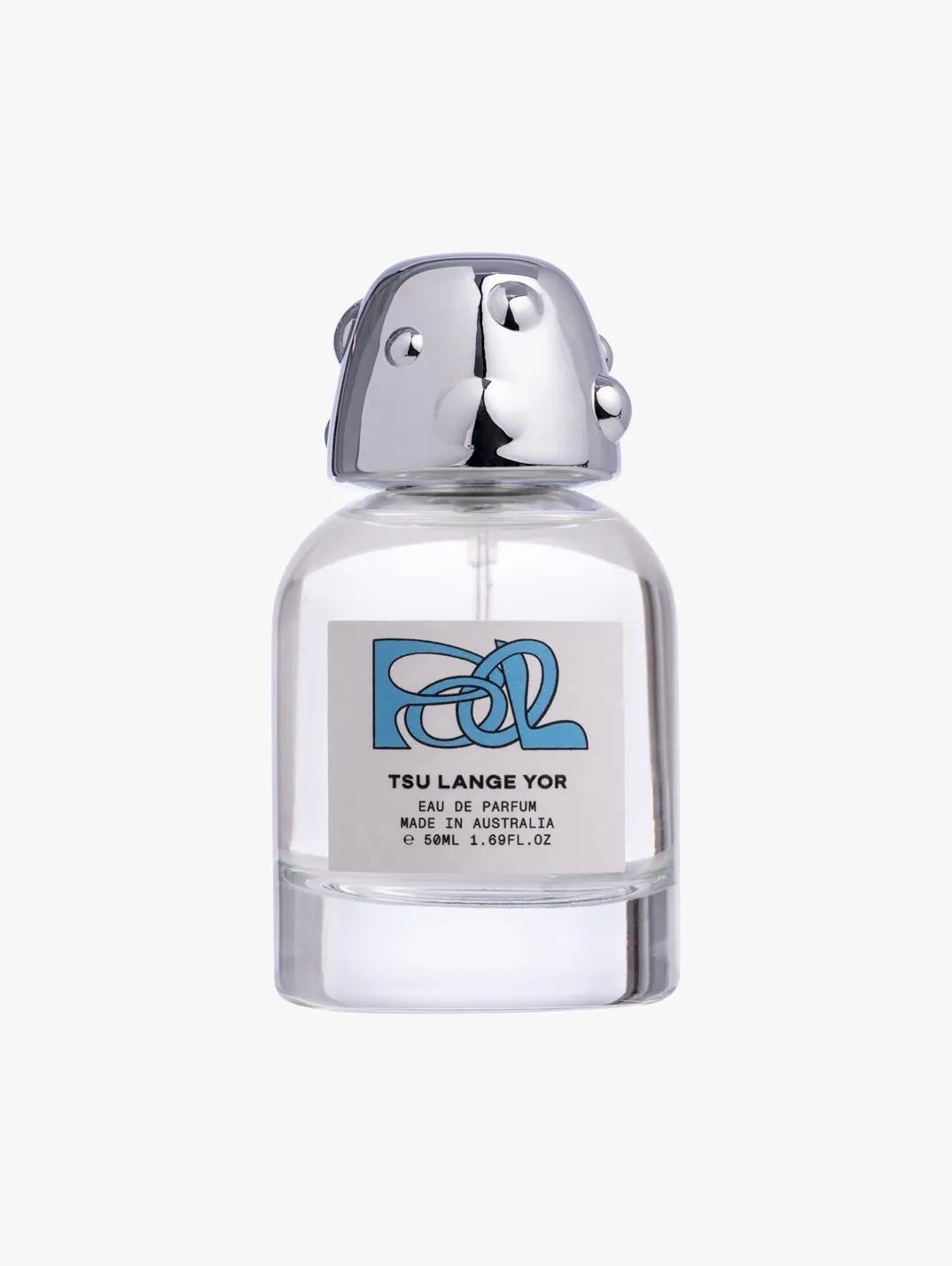
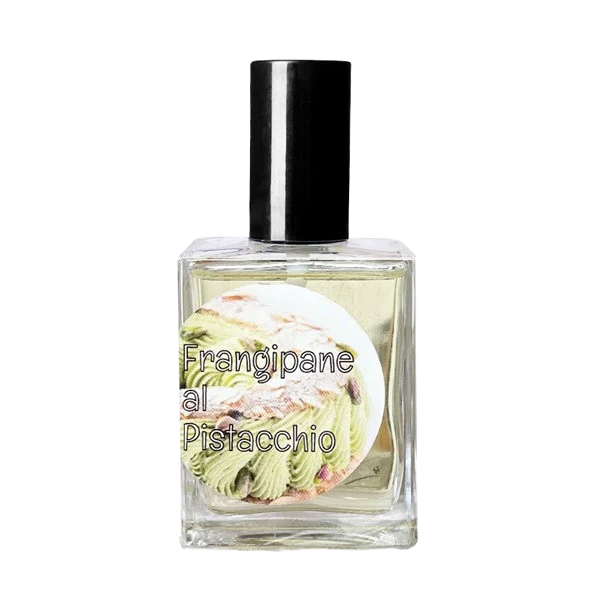
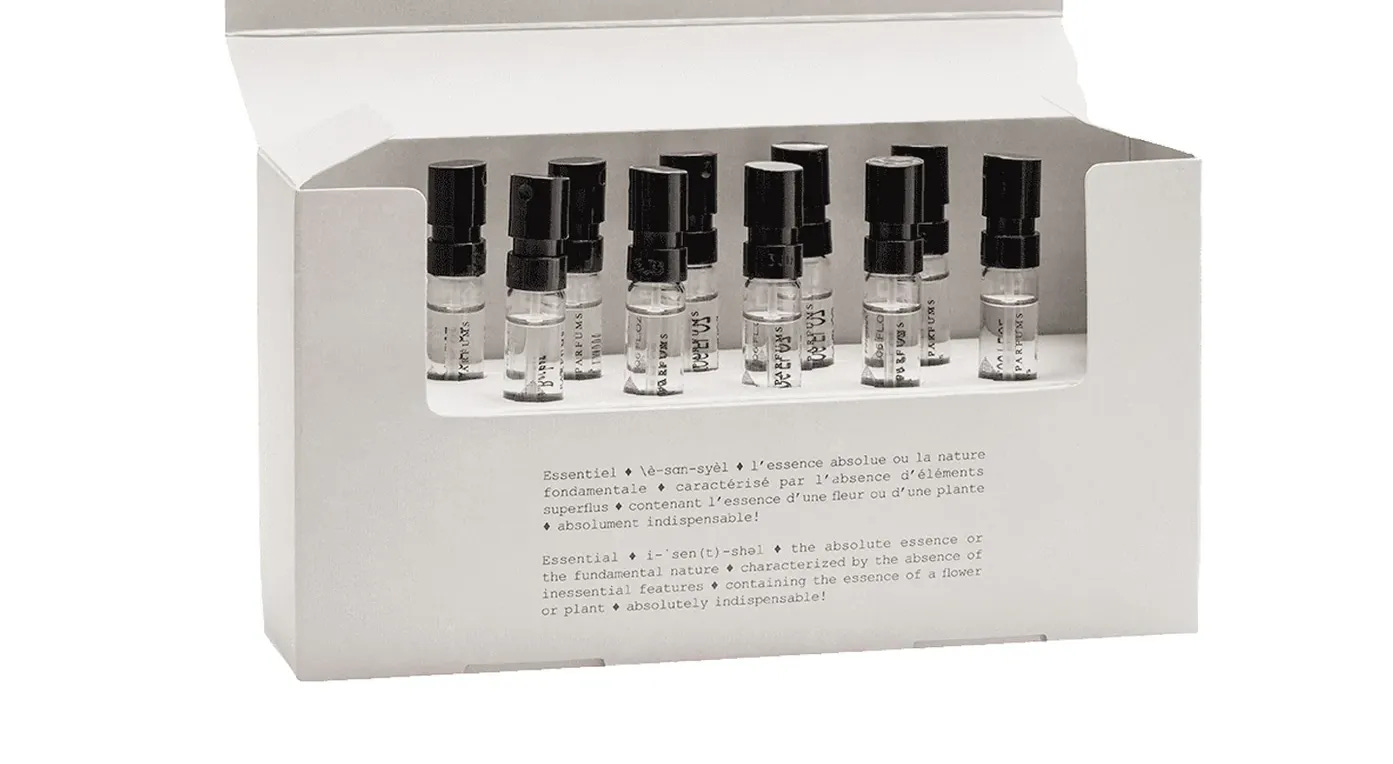
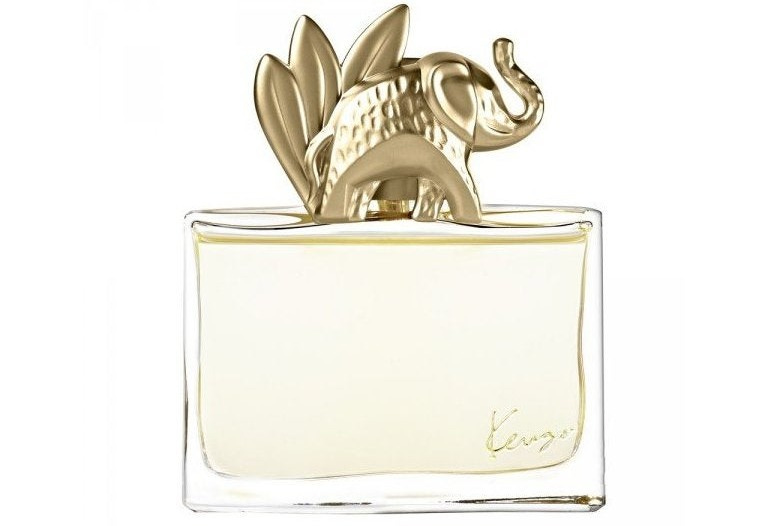
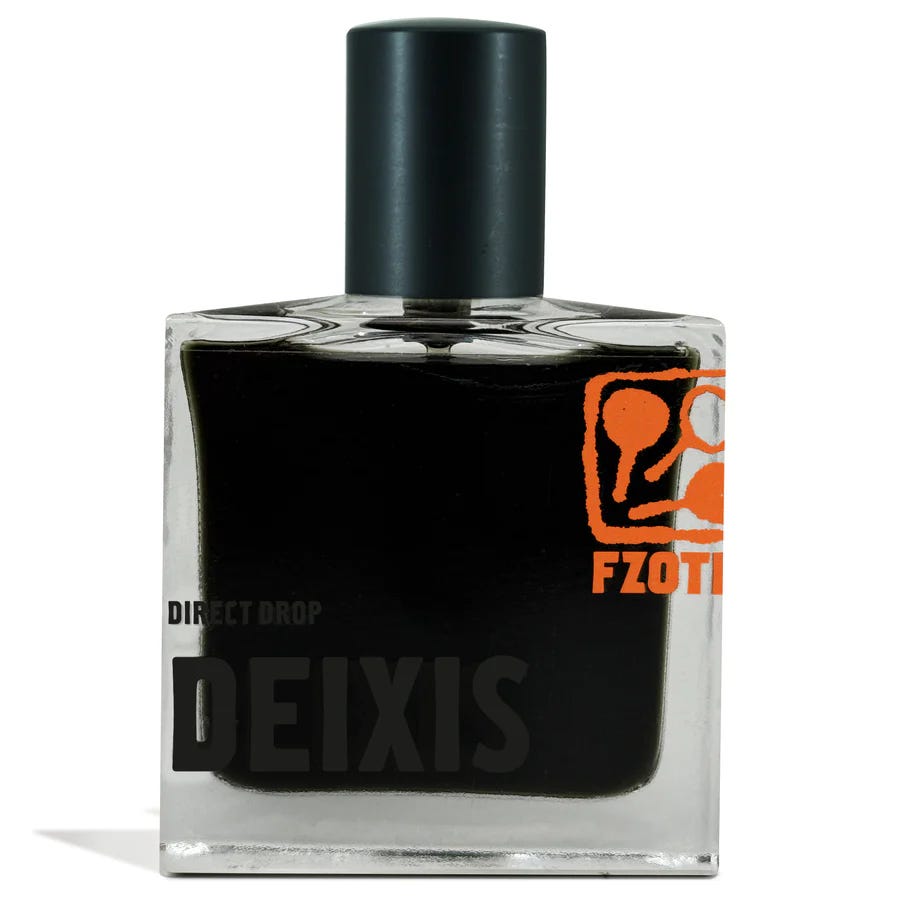

My vote for the tomato note is not Celadon (have been sampling it since late Northern Hemisphere winter into the summer and it feels like an incomplete draft -- good but not quite great) but instead Aedes de Venustas Signature. This eponymous scent is discombobulating in the very best way -- vegetal, ripe, and multidimensional spice. On card it was both repellant and ensorcelling. Still dreaming about the sample! Related, I think rhubarb, mint, and carrot seed are poised to feature more, too. Long reign freshness from unexpected sources! And, 100% agree on the green chypre revival. I'm not certain that it's this but Obvious Scoville feels adjacent on a scent level though not necessarily in notes.
Also, Fumes is hands-down the best Substack content in my feed. Certainly, it helps that I’m a Parfum nerd but compositionally speaking it blows everything else out of the water. Thanks, Miccaeli; your efforts are palpable.